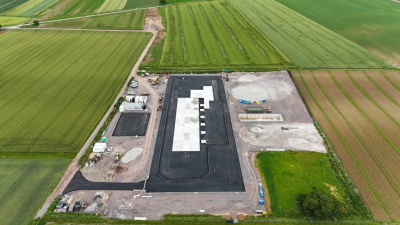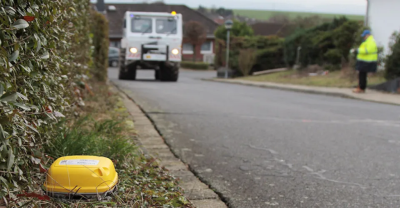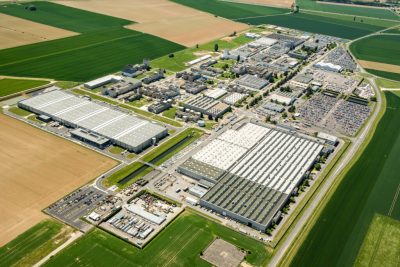Geothermal key to competitiveness of Dutch greenhouse sector
Geothermal energy direct use for heating could reduce energy costs for greenhouse operators in the Netherlands by up to 50 percent, so a recent report by Rabobank.
Over the past year there has been an increase in news on geothermal direct use projects and efforts, e.g. in Denmark for district heating and in the Netherlands both for district heating and heating for greenhouses.
A recent news piece in an industry publication is now describing how geothermal could play “a key role in making Dutch protected horticulture both sustainable and profitable”, quoting a new report by market analysts at Dutch bank Rabobank.
Geothermal, so the report, could replace around two percent of the total natural gas consumption in the Netherlands with an investment of EUR 1.6 billion ($2.1 billion).
Rabobank analyst Clara Van Der Elst said: “The Dutch greenhouse industry is currently facing declining profit margins, two of the main reasons being its high energy demand and rising natural gas prices.
“Geothermal energy provides an opportunity to combat rising costs and can lower energy costs by up to 50 per cent.”
Tomatoes and cucumbers production, described as heat intensive crops, would be a good target for geothermal systems. Here a geothermal system would be viable from a site of 6 hectares (14.8 acres) or larger. For smaller size and less heat intensive crops pooling of geothermal use between different growers would be an option.
Today, the Dutch greenhouse sector accounts for ten percent of the entire natural gas consumption in the Netherlands and benefits from energy tax breaks. If those tax breaks were to reduced, geothermal would be even more attractive than it is now.
There are currently around 3 to 5 geothermal projects per year, but – so the Rabobank analyst – “to realize the full potential by 2020, the project development rate would have to grow to ten projects annually.”
Source: Horticulture Week


















